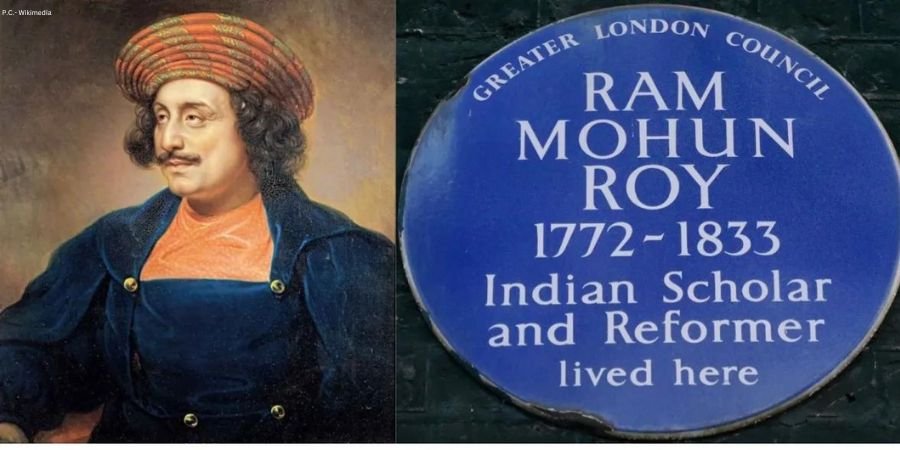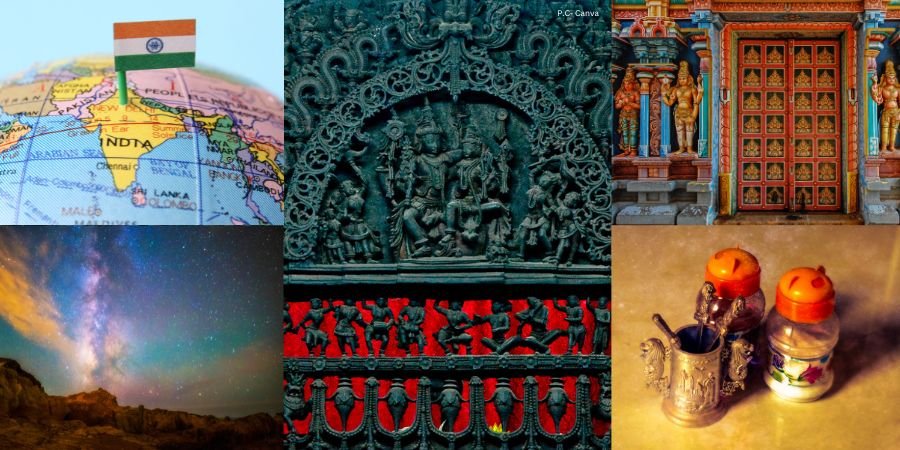The Kohinoor diamond is undoubtedly the most famous in the world. The Kohinoor diamond is without a doubt the most well-known in the world. With disputed origins, the 105.6 carat stunning ‘Mountain of Light’ now comprises one of 2,800 diamonds, sapphire, and other stones in the British monarch’s crown made in 1937. It was in Queen Elizabeth II’s hands until her demise on September 8, 2022.
The Origin Of Kohinoor Diamond

Image: Wikipedia
The diamond was discovered in India’s Golconda mines in the fourteenth century and passed through various hands throughout the centuries. Even though it appeared to be accursed, based on the luck of its owners, Hindu holds that it was revered by deities like Krishna.
By the middle of the 1800s, the gem which would later be known as the Kohinoor Diamond had waded through Indian royal intrigues and was in the British Crown Jewels.
For decades, India was the world’s sole supplier of diamonds that is, till 1725, when diamond mines in Brazil were discovered. The majority of the jewels were alluvial, indicating they could be sorted from river sands, and subcontinental monarchs welcomed their position as the first diamond connoisseurs.
Possession Of Diamond By British

Image: Wikipedia
Following the Anglo-Sikh war, the Maharaja of Lahore and the British agreed to a contract that stipulated that the Kohinoor would be given up to the British in 1849. At that time, the stone weighed 186 carats. In 1847, Maharaja Duleep Singh was sent to Britain who was separated from his mother. At 10 years old, she was made to “give” the diamond to Britain in accordance with the treaty.
Ever since, it has become a part of the British Crown although there is yet sovereignty controversy involving at least four nations, notably India.
Britain recut the stone as a beautiful oval after being unimpressed with its original carved, losing roughly 40% of its weight in the endeavor.
Myth About Kohinoor
Because of its bloody history, the Kohinoor is thought to be bad luck for men. The stone is thought to be a forerunner of calamity for male wearers; only God or women can wear it without danger. The myth is based on accounts of kings who wore the diamond dying young since the 14th century.
India requested the return of the diamond as soon as it gained independence in 1947. A second request was submitted in 1953, the year of Queen Elizabeth II’s coronation.
Kuldip Nayar, a former Indian high commissioner to the United Kingdom, petitioned the Rajya Sabha in the late 1900s, asking for the restoration of the diamond. It was signed by 50 MPs, including Manmohan Singh, the opposition leader in the Rajya Sabha at the time. However, the request was rejected.
Now, Who Will Possess The Crown With The ‘Kohinoor’ Diamond?

According to reports, Queen Camilla will now receive the highly esteemed crown when she joins King Charles III for his coronation. In a statement released on the eve of her 70th coronation in February, Queen Elizabeth expressed her “sincere wish” that Charles’s wife will be referred to as Queen Consort upon his ascendance to the throne.
Camilla will also wear Elizabeth II’s expensive platinum and diamond crown for King Charles’ crowning, as reported by the Daily Mail.
The Kohinoor isn’t the only contested treasure in the UK. The Elgin Marbles, which were sculpted 2,500 years ago and retrieved from the Parthenon in Athens, are similarly contested. Despite repeated requests, the UK has retained possession of the statues and the diamond.
If you liked reading about the precious ‘Kohinoor Diamond’, you can also read about 10 Indian Sportswomen who made the nation proud in 2021
If you know more inspirational stories about any person, company, new idea, or social initiative, write to us on mad4india.com, or share such information with us on Instagram, Facebook, or LinkedIn.




